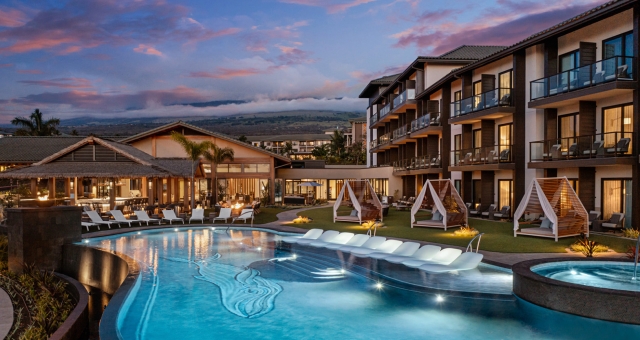Marriott International has reported RevPAR growth of 1.8% on 2019 figures in an “outstanding” third quarter for the business.
In the US and Canada, Marriott’s largest region, RevPAR exceeded 2019 levels by 3.5% in the third quarter, while international markets declined 2.4%. Adjusted earnings before interest and tax (EBIDTA) for the quarter totalled US$985 million.
“We are very pleased to report another quarter of outstanding results,” said Marriott International Chief Executive Anthony Capuano.
“Global RevPAR more than fully recovered, rising nearly 2% above 2019. In the third quarter, RevPAR compared to 2019 improved sequentially from the second quarter in every region around the world.”
In the US and Canada, occupancy has been on the rise this year, reaching 72% in September – just 2 percentage points behind September 2019.
Capuano pointed to leisure as a strong driver of this growth.
“Leisure transient demand remained very robust, and group RevPAR more than fully recovered to 2019 levels in the quarter,” he said.
“Business transient demand, though still lagging in recovery, continued to improve.”
In EMEA and CALA, Marriott reported nearly 10% and 18% RevPAR growth over 2019, respectively, with demand boosted by the strong US dollar and increased cross-border travel.
Looking ahead, Capuano is confident that worldwide RevPAR will continue to rise.
“While we are carefully monitoring macroeconomic trends, bookings across all our customer segments remain strong, contributing to the ongoing momentum in our business,” he said.
“We expect continued demand growth around the world in the fourth quarter and anticipate that global RevPAR could increase 2-4% compared to 2019.”
Marriott added approximately 14,000 rooms between July to September, and by the end of the quarter its worldwide development pipeline totalled over 3,000 properties and more than 502,000 rooms, with approximately 204,800 rooms under construction.
In mid-October, the company announced the acquisition of the City Express brand portfolio, marking its entry into the affordable midscale segment.
“We see meaningful opportunities to further expand the brand in the CALA region and globally, as we have successfully done with other brand acquisitions,” Capuano said.
“Upon closing, we look forward to offering our guests more stay options and our owners and franchisees new opportunities to grow their portfolios.”

